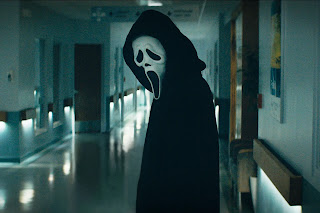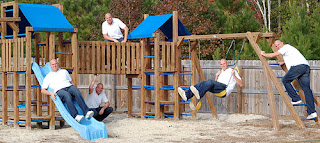Horror Genre Research
In the horror genre, common camera angles, movements, and shots are used to create a sense of unease and fear. Low angles and extreme close-ups are often employed to make the audience feel vulnerable and to emphasize details that add to the creepiness of the scene. Quick, shaky movements and unexpected cuts are also used to build tension and scare the audience.
Mis-en-Scene in the horror genre often includes dimly lit settings, eerie and desolate environments, and haunting or grotesque props and costumes. The use of shadows, fog, and other atmospheric elements also contribute to the overall sense of dread and terror.
Editing in horror films involves techniques such as jump cuts, slow motion, and fast-paced montages to create a sense of unease and build anticipation. Sound plays a crucial role in horror films, utilizing eerie music, sudden silences, and jarring sound effects to startle and unsettle the audience.
Examples of horror films include "The Shining," "The Exorcist," "Halloween," and "A Nightmare on Elm Street."
Elements of the horror genre that I like include the adrenaline rush and suspenseful storytelling, the psychological aspect, and the exploration of fear and the unknown.
Elements of the horror genre that do not appeal to me include excessive gore and violence for shock value, and the reliance on jump scares without strong plot or character development.




Comments
Post a Comment